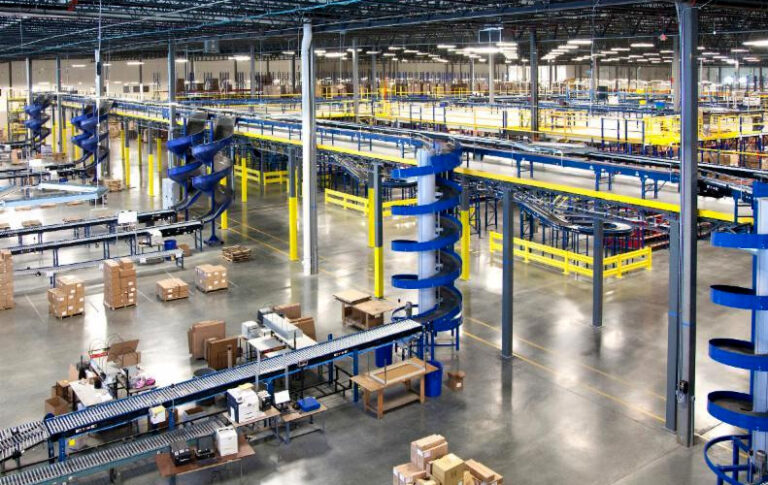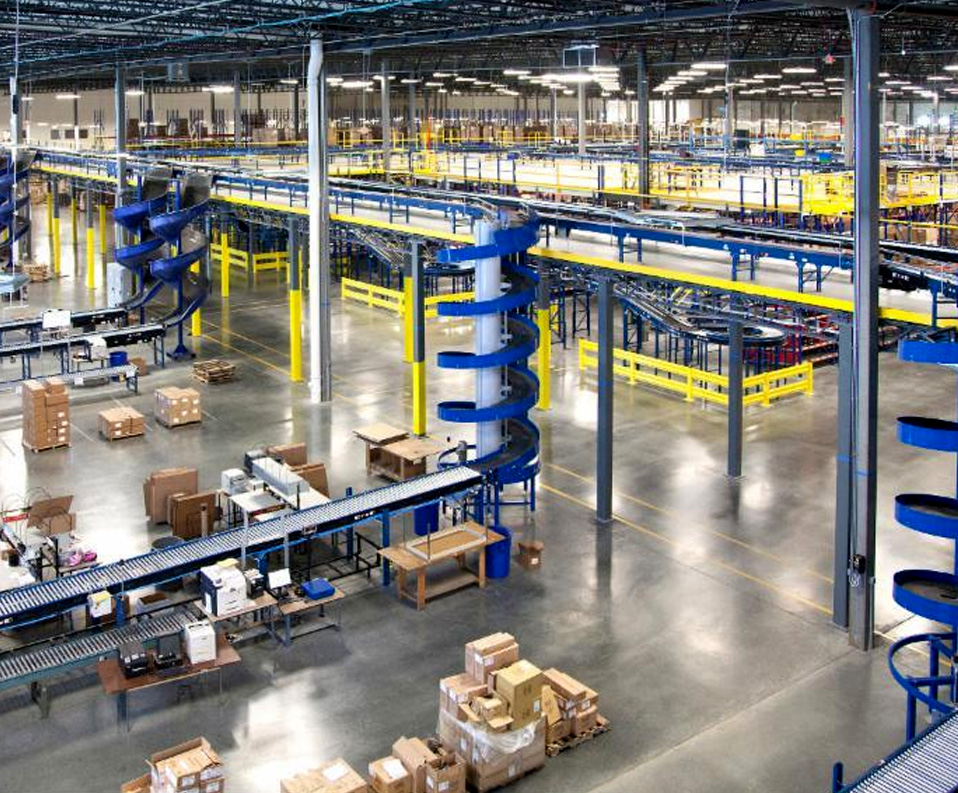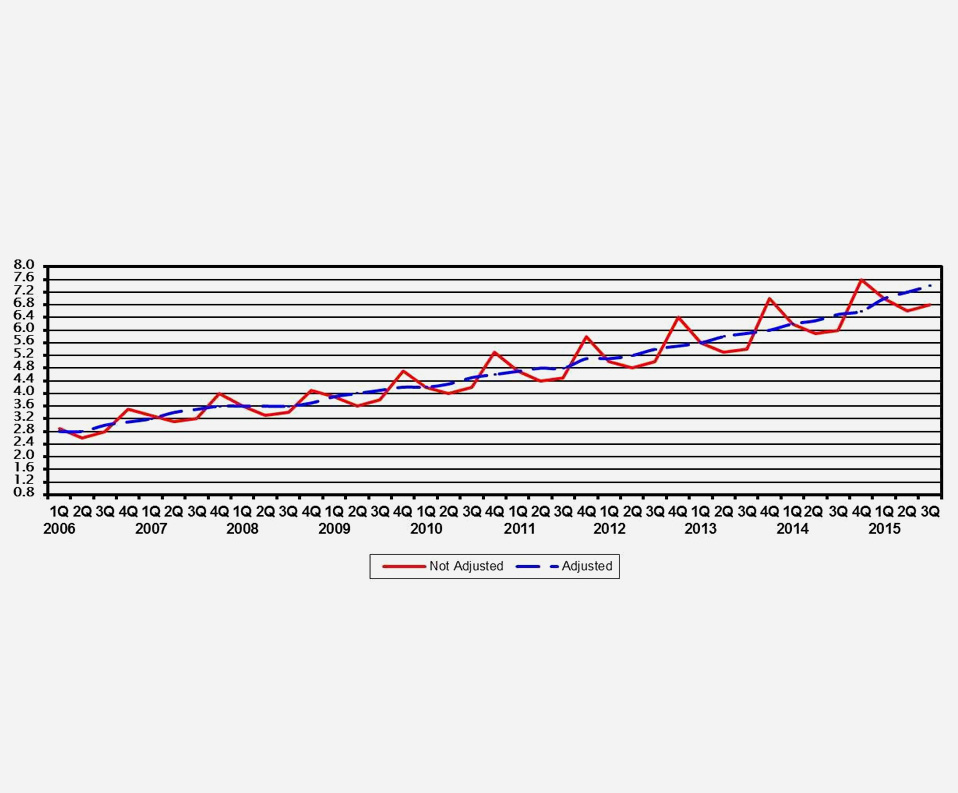
It’s abundantly clear that online retail growth is here to stay and virtually every company now requires an omnichannel order fulfillment strategy within their distribution operation.
Adding e-commerce to an existing DC operation can be complex. Without the right processes, automation, and software, the DC will struggle to pick, pack, and ship low-SKU count mixed carrier parcel shipments.
Many operations are struggling to blend split-case low-SKU count orders into a traditionally predominant full case, full pallet, LTL order profile operation, leading managers to develop costly manual workaround processes to integrate e-commerce order fulfillment in existing DCs.
Blog: Key Factors in Integrating Traditional and E-Commerce Fulfillment Operations
This requires an efficient, low-touch process to contain costs and ensure accuracy. A highly efficient pick, pack, and ship process design, directed with the right technology, can ensure lower labor costs and higher accuracy order fulfillment.
This article highlights the advantages offered by speaker-independent voice-directed picking automation to support the DC order mix of each SKU picks, case and pallet picking, and the additional demands that e-commerce orders add to order fulfillment operations.

The goal should be to use existing distribution center (DC) facilities to integrate the e-commerce sales channel efficiently and profitably into the order fulfillment operation.
Speed and accuracy are critical components of profitable order fulfillment operations.
From the moment orders are received to when they are picked, packed, and shipped, the processes must be lean, low cost per order, accurate, scalable, and adaptable to change.
This is especially true for e-commerce orders, which require order fill windows measured in a few hours to satisfy the customer service experience that will yield loyalty and gain repeat orders.
Blog: E-commerce Fulfillment Technologies With Rapid Efficiency and ROI Results
E-commerce orders have a profoundly different order profile than full-pallet and full-case LTL shipments direct to the retailer and B2B operations. E-commerce orders consist of single items or a few individual items, for example, three pairs of shoes to try on – keep one, and return two. The returns processing also needs to be factored into the operation’s design!
This order mix is vastly different than full trailer, or LTL mixed-case pallet shipments delivered to a retailer’s distribution centers. E-commerce order SKU counts continue to trend lower, with 60% of orders consisting of one to three line items and 15% or more consisting of a single SKU.
This trend toward smaller orders shows no signs of slowing down. Internet sales are projected to grow by 17% annually according to the U.S. Department of Commerce. Forrester Research reports that by 2017, e-commerce shipments will account for 10% of U.S. retail sales.
Consequently, retailers and retail suppliers are grappling with the pivotal question – how to adapt current facilities and/or design new operations to support omnichannel fulfillment, and cost-effectively handle the exponential growth of online orders?
Increasingly, suppliers to retailers are required to add in-house e-commerce to their operations to support direct-to-consumer, retail clients, and Amazon direct-to-customer shipment demand.
This demand requires additional pick, pack, and ship rules, and the ability for distributors to provide retailer specific compliance labels, packing documentation, and return labels to each shipment.

Estimated U.S. Retail E-Commerce as a Percent of Total Quarterly Retail Sales
Courtesy of U. S. Census Bureau
An example of this is fulfilling orders that appear to the end customer as if the shipment originated directly from Amazon or a specific retailer.
Essentially, the DC acts as a 3rd party logistics provider (3PL), fulfilling e-commerce orders for Amazon and their retail customers. The order picking, packing, documentation, and labeling all need to match each retailer’s specifications, with the potential of fines for errors if the shipment contains the wrong labels, missing labels, or missed delivery windows!
E-commerce, by its very nature, is a difficult distribution channel to manage and not well suited to manual paper-based or RF-managed pick-and-pack process that relies on human decisions for enforcing shipment rules.
The justification for superior technology, such as voice picking technology, is that it is ideally suited to direct pick and pack rules, proven to reduce costs, improve accuracy, track order details and worker productivity.

The Numina Group
10331 Werch Drive
Woodridge, IL 60517
630-343-2600
How the Right Warehouse Automation Decisions Can Solve Your Labor Woes As the economy roars